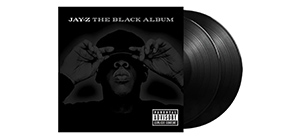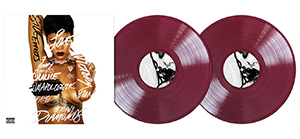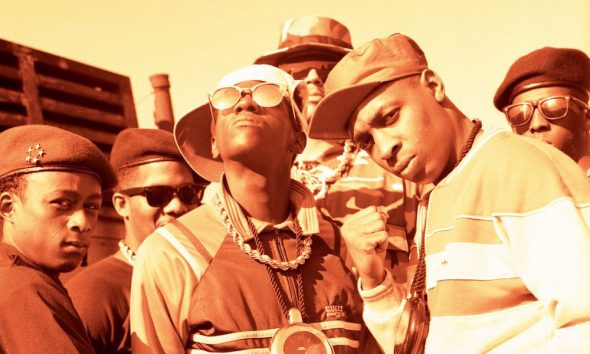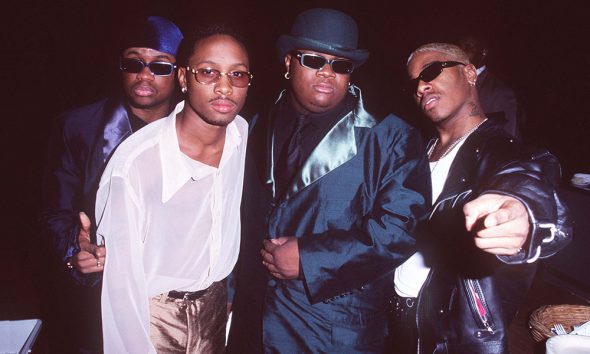‘Fool To Cry’: The Rolling Stones’ Sweet And Sublime Classic
With its stirring orchestration, the song expressed all the same elegance as The Delfonics at their sweetest.
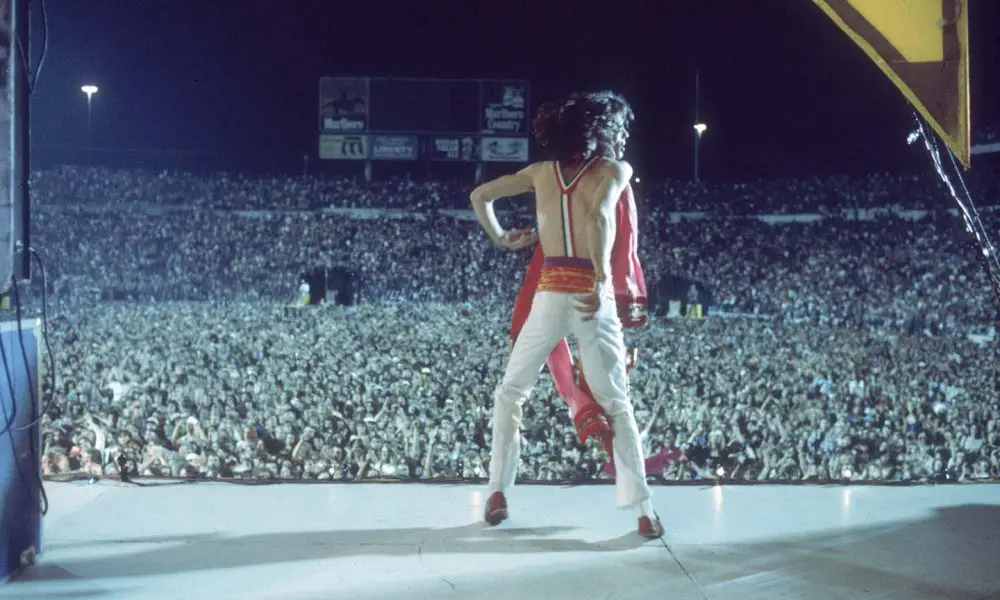
“The last five-and-a-half years with the Stones have been very exciting, and proved to be a most inspiring period,” read the press statement released by Rolling Stones guitarist Mick Taylor in December 1974. “I have nothing but admiration for the group, but I feel now is the time to move on and do something new.” Taylor, who had joined the band aged 20 in June 1969 was resigning his post with immediate effect, leaving the group incomplete on the eve of studio time for their 13th album, Black And Blue.
His departure came as a shock to his bandmates, who couldn’t believe anyone would want to give up a plum role in the world’s greatest rock and roll band. When they met a few weeks previously, Mick Jagger would recall, Taylor had made no mention of his intentions. “He seemed okay then,” said Jagger. “He obviously has a lot of troubles – personal problems – but they’re nothing to do with us. I don’t even know the true nature of them.”
Listen to “Fool to Cry” on the Forty Licks compilation now.
Taylor’s decision was likely driven by a couple of mitigating factors. Firstly, his compositional contributions were never truly recognized, despite his fluid, virtuosic playing steering the Stones in innovative new directions on Sticky Fingers and Exile On Main Street.
Second, Taylor was aware of his increasing drug use and sought to remove himself from the indulgent lifestyle that came with the job. “To ask if I regret leaving the Rolling Stones is to ask the wrong question,” he would later explain. “The hard one to answer is, do I regret joining them?”
Musicland
The day after Taylor’s bombshell announcement, the remaining members of the Stones arrived in Munich, Germany, for their scheduled sessions. Their latest album, It’s Only Rock ’N’ Roll, was only two months old, but they were returning to Musicland Studios to begin work on its follow-up. As with that album, these sessions would be produced by Jagger and Richards – in the guise of their Glimmer Twins pseudonym. Richards, in the throes of addiction and presumably keen to sustain the collaborative chemistry between dueling guitarists, was in search of a new collaborator. “If there is any secret behind the sound of the Rolling Stones, it’s the way we work two guitars together,” Keith once said.
New guitarist trials
Through these sessions, and into the early months of 1975, the Stones would invite a string of guitarists to come and ostensibly audition to be Keith’s foil. Jeff Beck, Rory Gallagher, and ex-Small Faces lead singer Steve Marriott all tried out, none of their takes making it to record. American blues guitarist and former Canned Heat member Harvey Mandel played with the Stones when they returned to Musicland in March 1975, and appeared on two songs – “Hot Stuff” and “Memory Motel” – that would end up on Black And Blue.
Ronnie Wood, who had written and recorded “It’s Only Rock ’N’ Roll (But I Like It)” with Mick Jagger and was personally becoming tight with Keith, was also invited for a test run, and eventually – upon the disintegration of his band, The Faces – was recruited into the group full-time.
During these December 1974 dates, however, it was Alabama-born Wayne Perkins whose turn would see him guest star on the album’s tenderest ballad, “Fool to Cry.” Perkins had come through the recommendation of Eric Clapton, who’d met the American while he was playing with Leon Russell.
It was an apt opportunity to have the Southerner lend some authenticity to a song that drew strong influence from the blue-eyed soul cuts he’d made while a session guitarist at the legendary Muscle Shoals Studio, backing the likes of Percy Sledge, Millie Jackson, and Bobby Womack.
Recording the song
“Fool To Cry” was one of the first songs to be worked on in Munich, so it’s little surprise that it’s not a guitar-based rocker. The central instrument here is keyboards: Mick Jagger begins the song on a woozy electric piano, and is joined by longtime sideman Nicky Hopkins’ bright piano flourishes and sweeping string synthesizer.
It’s a whole minute before any guitars appear, and when they do, they are decorative licks, not the crunching power chords one might associate with the Stones. Keith’s phased guitar is played through a wah-wah, producing a muted funk feel, while Wayne’s cleaner sound noodles in the gaps between Mick and Keith’s wavy frequencies, painting atmospheric textures akin to those he’d provided two years prior on Bob Marley and The Wailers’ Catch A Fire.
The rhythm section keeps things straight and steady – Bill’s bass winds in and out of Charlie Watts’ time-keeping hi-hats, before picking up for the choruses and double-time breaks. Fused together, the Stones ably demonstrated their aptitude for sentimental soul. “Fool To Cry,” with its stirring symphonic orchestration, expressed all the same elegance and grace as The Delfonics or The Stylistics at their sweetest.
Vocals
The Stones reassembled again at the end of January 1975 in Rotterdam, The Netherlands. Recording resumed at the expansive De Doelen hall, and it’s likely that the lead vocals for “Fool To Cry” were put down here. Mick Jagger’s protagonist in “Fool To Cry” is an emotional wreck – a lovesick casualty overcome with despair. Whether he’s cradling his young daughter, romancing another lover, or hanging with his friends, he can’t help but pine for someone else, his infatuation rendering him “a certified fool.”
It’s in the chorus when the song becomes most affecting, when Jagger’s impassioned delivery rises into a fragile, honeyed falsetto. As the song stretches out, his longing cries get ever more desperate, ensuring “Fool To Cry” bares every part of Jagger’s bruised ego. “I was just glad somebody in the band could sing that falsetto,” Keith later said. “I got a pretty good falsetto myself. But when you got a singer and he can hit those notes, baby go for it. And Mick was always fascinated with the falsetto soul singers like Aaron Neville. That’s crafty stuff, you know what I mean?”
Delays
The Stones wanted a new album to be released ahead of their planned Tour Of The Americas in the summer of 1975, but with not enough completed material, they instead put out Made In The Shade, a compilation of tracks from the last five years, to capitalize on the tour’s promotion.
After the tour, which featured Ronnie Wood on guitar, the group continued to record in Montreux that October, then Munich in December. It was only after mixing sessions in New York in the first months of 1976 that Black And Blue was declared ready, and it was finally released on April 26th.
The album faced mixed reactions as audiences grappled with an assortment of rhythms that didn’t seem to form a cohesive whole. Perhaps due to the fractured nature of the group, and the diverse styles of the guesting musicians, each song covered different ground – funk, disco, reggae, soul, rock. While the album didn’t seem to have a breakout pop hit, it was celebrated for effectively exploring the groove-based stylings of 70s black music.
The single’s release
“Fool To Cry” had arrived exactly a month earlier, an obvious stand-out from a tracklist that seemed to forsake Top Ten considerations, even though Jagger had to be convinced of its release. “I don’t really think there is a single there,” he said at the time. “But a lot of people seem to like this, and everyone says it’s the single.” Its highest chart placing was in the UK, where it reached Number 6 – it only made Number 10 on the Billboard Hot 100 – and remains the only cut from Black And Blue to chart.
The song’s legacy
The reaction is no doubt due to the song’s divisive nature; to some, it’s sublime and sweet, while to others it’s slow, syrupy, and self-piteous. Keith Richards once momentarily fell asleep while playing it in a 1976 concert, mid-song. The guitarist was jolted awake as his foot leaned on his effects pedal, causing a deafening squall of feedback.
This may explain why subsequent to that tour, “Fool To Cry” has rarely been performed by the band on stage. Nevertheless, it’s not been forgotten – it’s the only Black And Blue track included on the Forty Licks compilation – and with only one notable cover (Tegan And Sara’s version was recorded for the soundtrack of HBO drama Girls), it stands as a distinguished deep cut well worth unearthing.
Listen to “Fool to Cry” on the Forty Licks compilation now.






